Excuse me for a moment while I take a plunge off the deep end. This will NOT be your typical DFW Urban Wildlife article. In this post I plan to voyage far afield of the subject matter normally found on these pages. The destination of this essay is so far out, so unreachable, that nothing less than a STARSHIP will be required to get us where we are going. You have been forewarned! I hope you will bear with me, read this article with an open mind, and forgive this indulgence in the unusual. Ok, here we go… Let’s launch this star-trek with a simple question:
Have you ever wondered what life on another world—a planet or moon other than the earth—might be like? Have you ever tried to stretch your imagination to the degree required to picture life-forms exotic?
I bet many of you have! With a lifelong interest in both science fiction and Earth-bound wildlife, I certainly have indulged a time or two. Without exception, though, I have been frustrated by the creative challenge. As it turns out, trying to conceptualize a new and transcendental life-form is NOT an easy thing to do. Life here on Earth has already generated an extensive menagerie variations. Something approaching 9 million species. You really have to work hard to envision an organism that is truly new and unique.
I’ve often wondered why it should be so difficult—why does my imagination resists exploring any possibilities other than relatively uninspired exaggerations and amalgamation of familiar terrestrial creatures. Is the limitation my own, or do others have the same trouble? Clearly creative imagining will only take you so far. It’s prudent to question if this is even a topic worth ruminating on. You might want to begin by asking is life on other worlds even possible?
Space for Life
The universe is certainly immense, but is it big enough to harbor extraterrestrial life?
It is estimated that the cosmos contains somewhere between 200,000 million and 2 million-million galaxies. Galaxies are astronomical structures containing vast collections of stars, and they come in many different sizes. Smaller galaxies are made up of around 100 million stars. The largest galaxies may contain as many as 100 million-million stars. Our own galaxy—the Milky Way—is though to have approximately 100,000 million to 400,000 million stars—one of which is our own Sun. It is believed that most, if not all, stars will have planetary systems, and some small percentage of these planets will provide environments suitable for the existence of life.

We can now take the numbers of stars suggested above and try to extrapolate a very tentative estimate for the number of planets hosting life in the Milky Way galaxy. We will try to be extremely conservative with our calculations, using only the smallest of the given values. Again, the numbers I will use are not necessarily what I believe the numbers really are, but instead they the values I believe are the smallest reasonable estimate. These numbers have been chosen in order to derive a very constrained conclusion.
Though it is thought that nearly every star in the universe will have at least one planet in its orbit, let’s arbitrarily imagine that only 10% of those solar systems are worthy of our consideration—ie that only 10% of stars will have planetary systems that allow for the possibility of a planet amenable to the existence of life. In our own solar system only one planet in eight—the Earth—is known to host life. With that, we will assume that in any given solar system suitable for life, only one planet will provide an optimal environment for actually supporting life. Finally, let’s imagine that only one-half of a percent of these planets will actually host some kind of life. Calculating conservatively we come up with the following figures:
- Start with 100,000,000,000 stars in the Milky Way galaxy
- Multiply by 0.10 (ie 10%), the fraction of stars with suitable planetary systems
- Multiply by 1, the number of planets in each of these solar systems with an optimal environment
- Multiply by 0.005 (ie ½%), the fraction of the planets that actually do support life
- That equals: an estimated 50 million planets with life in the Milky Way galaxy
50 million planets with life in the Milky Way galaxy alone. That’s an incredible number, even with all the figures biased to produce a modest estimate!
To get a rough projection for the number of inhabited planets in the entire universe simply go one step further and multiply this result by 200,000 million (the total number of galaxies in the universe). This is a very large number even with our very conservative appraisal. It would seem that there should be an abundance of life in the universe, likely existing everywhere it reasonably can.
So, maybe the question of life on other worlds is worth pondering after all. But what would this life be like?
Science Considers the Question
Science is unquestionably open to the possibility of extraterrestrial life. Most scientists—I believe—would consider its existence a near certainty. But hard evidence is needed. As things stand today, no one knows for sure.
Science is trying to answer the questions surrounding the existence of extraterrestrial life in a number of different ways. SETI—the Search for Extraterrestrial Intelligence—may be the most notable and well known by the general public. SETI is a concert of efforts designed primarily to listen for radio signals from alien civilizations. If successful, SETI could prove not only the existence of alien life-forms, but also the existence of alien intelligence.
Perhaps more pragmatically, scientists are using tools like the Kepler Space telescope to do broad area searches for Earth-sized planets in the Milky Way galaxy. As of October 2017, Kepler has discovered 5,011 exoplanet candidates and 2,512 confirmed exoplanets, a few of which are thought to be somewhat Earth-like in size and distance from their host star. Eventually many of these and other exoplanets will be analyzed in more detail, looking for tell-tale traces of life in their atmospheric makeup. Research of this nature will likely bring us our first real evidence of life on a planet other than the Earth.
Science is also seriously considering the possibility of extraterrestrial life existing right here in our very own solar system. There are a number of candidate moons and planets circling the sun along with the Earth. Mars is still considered by many to be the most promising of all of these. Mars offers an environment that may be on the very margin of what might support life as we know it. It is even thought that there are some Earth microbes that could conceivably survive on Mars, if they were to be introduced there. But so far, there is no incontrovertible evidence for life existing on the Red Planet. Mars may very well be barren.
Some have suggested that life may have developed a way to survive in the more temperate regions of the upper atmosphere on planets like Venus and Jupiter. These creatures—large or small—would have to find some way to maintain their altitude in these extreme atmospheres. Drop to deeply and the life-form will fry or be crushed. Rise too high and organism will certainly freeze.
Life on Saturn’s giant moon Titan is also an intriguing possibility. Titan is larger than the planet Mercury. It comes complete with a nitrogen rich atmosphere that is slightly denser than Earth’s. Titan has rivers and lakes, some of which are large enough to be considered seas. But these liquid bodies do not contain water. They are filled with flowing hydrocarbons, possibly liquid methane or ethane. The environment on Titan is very different than that on on Earth, and if life were to exist there, it would likely require a very different chemistry than our terrestrial version.
Many scientists consider Jupiter’s moon Europa and Saturn’s moon Enceladus two of the most plausible places for life in our solar system. Both of these moons are thought to have global oceans of liquid water completely encased by a thin and protective shell of ice. Tidal forces from interactions with the host planet and other moons generate the heat needed to keep the oceans of water liquid, and may also help supply the energy needed to support life. They’ve even made a movie about life on Europa. A quick glimpse of the alien towards the end of the movie reveals that the imagined Europan beast looks suspiciously similar to an Earth-bound octopus.
A compelling case can be made for both of these moons, but it will be many years before the possibility can be investigated in a thorough manner.
How Alien Will Alien Life Be?
Searching for alien life is one thing. Discovering what it actually looks like and how it behaves is quite another. The time between finding evidence of extraterrestrial life, and studying it in a more direct way will likely be very, VERY long. Because of this, all scientists can do at the present time is hypothesize. For decades scientists and science evangelists have chimed in on the matter offering a sometimes more reflective and pragmatic vision of what alien life may be like. Like the rest of us, scientists must resort to their imaginations, though perhaps with visions bolstered by a deeper understanding of fundamentals.
Carl Sagan—a celebrity scientist who was influential in the 1970s, 80s, and 90’s—was very interested in the question of extraterrestrial biology. He spent much of his career studying the possibility. In his book, Cosmos © 1980, he made the following assertion about alien life:
But even if life on another planet has the same molecular chemistry as life here, there is no reason to expect it to resemble familiar organisms. Consider the enormous diversity of living things on Earth, all of which share the same planet and an identical molecular biology. Those other beasts and vegetables are probably radically different from any organism we know here. There may be some convergent evolution because there may be only one best solution to a certain environmental problem – something like two eyes, for example, for binocular vision at optical frequencies. But in general the random character of the evolutionary process should create extraterrestrial creatures very different from any that we know.
I cannot tell you what an extraterrestrial being would look like. I am terribly limited by the fact that I know only one kind of life, life on Earth. Some people – science fiction writers and artists, for instance – have speculated on what other beings might be like. I am skeptical about most of those extraterrestrial visions. They seem to me to rely too much on forms of life we already know. Any given organism is the way it is because of a long series of individually unlikely steps. I do not think life anywhere else would look very much like a reptile, or an insect or a human – even with such minor cosmetic adjustments as green skin, pointy ears and antennae. But if you pressed me, I could try to imagine something rather different…
Sagan goes on to describe a pair of hypothetical creatures he called Hunters and Floaters, and by doing so possibly fell into his own trap. Sagan’s Floaters have more than a passing resemblance to our ocean-dwelling jellyfish, and the Hunters look very much like the familiar manta ray. The main differences between Sagan’s fictional creatures and our Earth-bound real ones have to do with size and the medium the animals live in. Sagan’s imaginary creatures are envisioned to be very much larger than our terrestrial versions. And, Sagan’s Hunters and Floaters live in the gaseous medium of a large Jovian-type planet, rather than a liquid medium like jellyfish and manta rays do here on Earth.
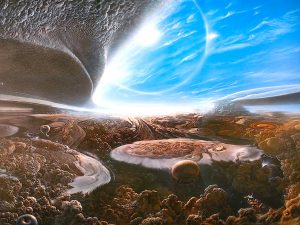
It seems, in a very real sense, that Sagan came up just a little bit short of his goal of imagining something significantly different from life-forms we all know and recognize. If you were to see a Hunter or a Floater they might strike you as somewhat exotic, but their form and function would not be shockingly unfamiliar. You would know these alien animals and they would fit in well with your understanding of how life works.
It may be that Sagan’s hypothetical creatures were not as unimaginable as he posited, but has anyone else been able to do any better?
The Creativity Engine of Pop Culture
Pop culture is certainly enthralled with the idea of alien life. A multitude of science fiction books, comic books, television shows, and movies have explored the possibilities collectively and in depth for well over a century now. For most of this time static artwork like drawings and paintings were where the most creative and realistic imaginings of hypothetical alien life were pursed.
Movie aliens on the other hand often seemed less inspired. It hasn’t been that long since special effects magicians were limited to explore only the variations of aliens that could be designed around makeup-laden or rubber-suited humans. Back then the creative hamstrings were clear and forgivable. But, these days, sophisticated computer graphics have given movie makers tremendous license. The sky is the limit. Anything that can be imagined, can be convincingly portrayed on the big screen. Let’s take a look at what they have come up with. Here are some examples of alien life-forms as imagined by the most creative minds in Hollywood…

These examples are exotic and unusual to be sure, but are these creature really an extreme deviation from life-forms that can be found right here on planet Earth. Are these aliens really, “creatures very different from any that we know.” Let’s take a look at some real-life, terrestrial analogs…

It appears then, that movie aliens tend to emerge from the realm of the largely familiar. Most are simply chimera made up of a hodge-podge of familiar or unfamiliar earth-bound life-forms. All but a few end up as monsters designed to play on our deepest fears. When a villain is needed, the imagined extraterrestrial might include exaggerated hideousness or coldness to heighten the dramatic revulsion. A reptilian or insect-like humanoid. An amoebic blob. A parasitic monster. But, it does not appear that our popular culture has yet imagined a life-form that is truly exceptional in an unexpected way—one that meets the requirement for uniqueness put forth in the Sagan quote above.
Let’s look at some other well known aliens from popular culture…
If there were creatures like these living on the Earth now or in the past, it would be difficult to identify them as particularly unusual or unexpected in configuration. In fact, there are enumerable organisms here on Earth that are as weird and unfathomable as any invented for science fiction movies. Illustrated below are a few examples of some of our most unusual terrestrial creatures. These are REAL organisms that exist right here on Earth. You don’t have to travel to another planet to experience wildly bizarre forms of life…
What Does Different Really Mean?
In a universe of practically infinite possibilities, why is it so difficult to imagine just ONE deviation from the well known? How strange would life have to be, before it would be considered something very different from what we already know? That the question is very difficult to answer—maybe even impossible—speaks volumes about the point I am driving at.
There is a simple test that can be applied to hypothetical alien life. If the imagined organism has an immediate and obvious terrestrial analog, it cannot qualify as being different than any that we know. Replacing fur with scales, or one pigment with another simply is not enough to meet the criteria.
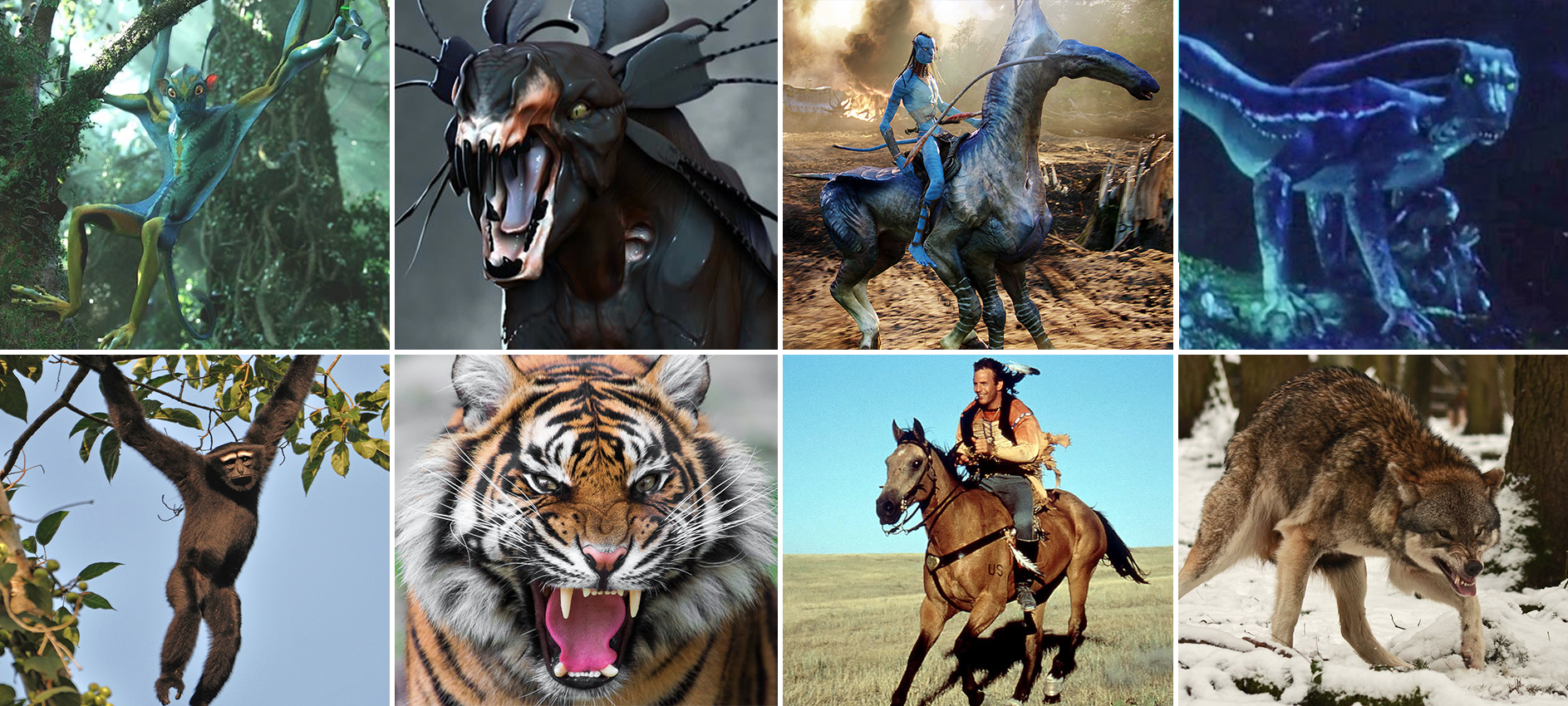
This actuality may be trying to tell us something about the nature of life in the universe. Does this situation represent a failure of the imagination, or is it a reflection of the reality of things? Are people unable to envision more exotic forms of life because of the limits of our collective experience, or do we fall short because anything more is not really possible? Are the constraints on what it means to be alive in this universe—even though difficult to define scientifically—somehow contained in our genetic memory and exposed by the exercising of common sense? Do we have an inherent understanding on the limitations of what life is and can be hardwired into our very being? And, why would that be?
The Laws of Nature are the Same Everywhere in the Universe
Science asserts that the laws of nature are the same everywhere in the universe. Science actually depends on this. It provides the predictability the scientific method needs in order to work. Differences in the way physical laws are expressed in the universe are of a degree, not of a kind. Just like there is no reason to believe the universe provides for various types of gravitation, or nuclear fusion, magnetism, light, or other natural phenomenon, there may be only one fundamental way to facilitate life. It might appear then that the intrinsic support and predisposition for the formation of living systems is built right into the fabric of the cosmos.
Biology, Chemistry, and Physics
Matter has a set of properties—a set of characteristics and behaviors—that will cause it to behave in the same ways under similar conditions. Put another way, matter is PREDISPOSED to interact with itself in certain, well-defined ways. These interactions are described at one level or another by the laws of physics and the laws of chemistry. The predisposition of matter to behave in a particular way under particular circumstances is what accounts for the machinery of life.
The molecules of life form up into miraculous machinery when the conditions are just right. There may be other types of molecules that can produce the same type of outcomes as those used in terrestrial life, but none are known. No matter what, it should not be surprising to learn that the organic molecules that make up life here on Earth may be THE MOST predisposed of any to support the development of life. They appear to be the best suited, and it may even be possible that they are the only molecules with such strong inclinations.
The figure to the right is probably how you are used to seeing cell division and DNA replication represented, but this high school textbook version way over simplifies what is really going on. Take a look at the following video. This sequence combines the latest scientific understanding with the power of computer graphics to present a more detailed representation of what is going on at the molecular level…
What you are seeing here are the intricate inner-workings of sophisticated molecular machinery driven by chemistry and physics—the laws of nature. This is data processing on a grand scale—computation complete with error checking and correction. There are an estimated 37 million-million cells in the average human body. Just think about how much of this is occurring in your own being at this very moment. And, as complicated as these molecular processes are, they may only represent the tip of the iceberg—there could be an infinite regression of ever fine-grained complexity hidden beneath, just waiting to be discovered.
Regardless of whether there is more to this process or not, what you are seeing here is a level of intricacy that suggests that the laws of nature are strongly and fundamentally biased to facilitate these types of molecular interactions. The level of complexity here suggests that there may be few, if any, real variations on this theme. And what that implies is that there may be no need to speculate about other possible ways the universe might facilitate life—There may be just one. This is a chemistry for life that we know works. It is complicated and sophisticated. It may be safe to assume it is ubiquitous throughout the universe.
Alien Life and Alien Ecosystems
It also seems likely that the predisposition to accommodate the needs of life may extend out of the microscopic molecular machinery and continue into the macro realm as well. At a higher level, above the cellular, it is worth noting that all complex life is essentially tube-based. When boiled down to the basics, all life is founded on the same architectural principles: Make a tube. Manipulate the tube’s length, diameter, and material construction. Maybe close of one end or both. Attach to another tube, and so on. It might be suspected that the laws of nature are biased toward encouraging cellular life to assemble in these well-recognized patterns. It would not be surprising to learn that living cells are more predisposed to interact this way than in any other combination.
Once established, life has a few important fundamental goals it must strive to competently achieve. It goes without saying, that simply being and staying alive is first and foremost. Harnessing and using energy will be fundamentally necessary for all forms of life. Data generation, replication, storage, and retrieval is basic to life, and a big part of what it means to be alive.
Of utmost importance for an organism is the ability to stay alive long enough to reproduce and foster the next generation. This will certainly have to be a universal trait for life everywhere in the cosmos. Without reproduction, life cannot exist for long. Much of the way organisms are configured is intended to support this very important prime objective. Rejuvenation is required to hold entropy at bay.
Organisms in this universe will face a set of similar and common challenges that must be overcome to help facilitate the primary objectives of living and reproduction. Livings systems will need to sense the environment. Sensory organs for sight, hearing, smelling, and touch will be required by most. Some organisms will be equipped to sense infrared light, or magnetic and electrical fields.
Sensory organs will likely be universal in many important ways. An eye will be and eye will be an eye when sensing the world in spectrum between ultraviolet and infrared, for instance. The physics of light will require that a fully developed sight organ will have a lens and a variable aperture. A structure for processing the light will be required. Circular forms will be the most appropriate and natural. These types of things should be universal. The solutions nature devises should be very similar everywhere in the cosmos.
Animals will also require mobility. Simply put, animals will need to move across a solid landscape, or swim through a liquid environment, or fly through a gaseous atmosphere—or some combination of all three. These requirements will be universal, and solutions will always be constrained and guided by the laws of nature and physics. There are only a small number of practical basic configurations that will be optimal in each of these cases. Nature can be expected to move in the direction of the best solution for all of these mobility problems, even when beginning with fundamentally different organisms.
It also seems likely that alien lifeforms will develop into the same well defined categories of organisms we have here on Earth—it is difficult to imagine any alternatives. There will be creatures that tap the environment’s primary energy source and use it to create their own food. There will be organisms that feed on these food producers—herbivores, per se. There will be animals that feed on other animals—carnivores. There will be omnivores. There will be parasites. There will be symbiosis. Just like here on Earth, these categories of organisms will form up into complex and—when functioning properly—well-balanced ecosystems.
Will there be monsters in outer space? Maybe, but nature seems to seek out a balance between viciousness in the few and survival for the many. A sustainable equilibrium between life and death. Too much death-dealing and the whole ecosystem will collapse. On the other hand, the same type of outcome is likely if there is not enough death and renewal. Death is a part of life. It facilitates an important and necessary revitalization.
Seeking Answers to the Same Problems
There is evidence right here on Earth that life seeks out similar answers to similar problems. It comes in the form of convergent evolution, the same phenomenon referenced in the Sagan quote in the beginning of this article. This is what the term means according to Science Daily:
In evolutionary biology, convergent evolution is the process whereby organisms not closely related (not monophyletic), independently evolve similar traits as a result of having to adapt to similar environments or ecological niches.
Simply put, convergent evolution drives disparate organisms to develop similar and optimized solutions to comparable problems. Sometimes convergent evolution expresses itself as like physical features. Other times it appears as shared behaviors or mental algorithms. The evidence for convergent evolution here on Earth is strong. Sometime the convergent traits are obvious, and other times they are subtle and must be reflected upon. But the signs are there. Let’s look at a few examples.





The activities of life are guided by algorithms—a finite set of repeatable instructions for addressing particular issues. Algorithmic behaviors are made up of steps, conditionals, branches, and loops. These types of behaviors can be documented with diagrams like flow charts. It is likely that general algorithms will develop to address common issues, and these will be—at some level—subject to convergent evolution in the same way physical feature are.
Algorithms for coordinating movements and maintaining balance are a good example. They will surely be very similar when the form and function of organisms are alike. These algorithms have to orchestrate the movement of limbs when the organism is in motion. The method of coordination will change with speed an intent. Effective error correcting algorithms are needed to recover from unexpected loss of balance. This should be true anywhere in the cosmos, not just here on Earth. In fact, scientists are largely recreating many of our own motor algorithms as they explore the development of increasingly more autonomous robots. See the video below…
There is evidence that algorithms for sound creation and processing requiring similar mental processes have evolved independently in both birds and mammals. Visual, olfactory, and tactile processing are likely to use convergent algorithms as well.
Another place there is likely to be convergence is in the area of intuitive survival mechanisms—our emotions.
Behaviors for expressing and communicating these mental states might very well be common across the universe as well. Here on Earth these things usually communicate across species very effectively—because it can be critical that they do. There is significant survival value associated with being able to recognize mental states across species. We know readily, for instance, when a bee, snake, crocodile or bear is becoming annoyed by our presence. It seems very unlikely that aggression would ever be expressed as a warm hug.

If you combine the concept of convergent evolution with the idea that the laws of nature are the same everywhere in the universe, the possibility that life may be generally similar throughout the cosmos becomes easier to accept. So, now its time for the big reveal…
It Could Be Closer Than You Think
Much of what you have just read about is well established scientific theory. Some of the finer points are largely semi-educated speculation on my part. But what does it all mean? What have I been driving at? Well, what I’ve tried to do in this article is to make the case that alien life-forms—if they exists—may not be that very different from the life we know here on Earth. I content it is possible that the laws of nature enforce a general set of regular and universal constraints on life-forms and ecosystem development, so that most variations from the life we know will be of a degree, and not of a kind. I suspect that most alien life-forms will appear very familiar to us. That there will be a kinship that can be easily recognized and acknowledged. I’d like to suggest, that if you would like to get some idea of what life on other worlds might be like, the answer may be as simple as simply stepping outside your own front door.
You don’t need movies to transport you away. Environs and creatures as exotic and bizarre as any you can imagine are just outside waiting for you to notice them. Nowhere is that more true than right here in the greater Dallas/Fort Worth metroplex. Take a hike through one of our nature preserves. Visit to a nearby pond or creek. Look around in your own backyard. Life is all around us. Explore it and consider it deeply. Reflect on how strange and marvelous it all is. Extraterrestrial life is likely to be very similar in many important ways.
This, then, becomes just another way to appreciate the natural world—another way to find it fascinating. Wildlife here on Earth, when viewed from this perspective—when we shed the facade of familiarity—becomes even more weird, wonderful, and precious. Unusual forms. Unusual behaviors. Exotic and flamboyant appearances. Complicated and intricate molecular machinery. Finely tuned forms and function. Life here on Earth is as amazing—and bizarre—as any that can be envisaged. If you are open to the idea, this is just one more way to enjoy and admire it all. It gives you a way to explore the universe from right here at home.
And remember, it’s possible that someone OUT THERE is looking at the Earth and wondering, Is there life on that planet? and What is it like? We already know! If this someone from another world jumped in a flying saucer and came to the Earth—the ecosystems here would be the example of alien life THEY discovered. What we have here on Earth IS life on another world for everyone else in the entire universe. Every. One. Else. That’s pretty significant!
If you want to experience what life on other worlds may be like, steer your star-ship back toward your home planet and explore the natural world right here on Earth. It will carry you away.


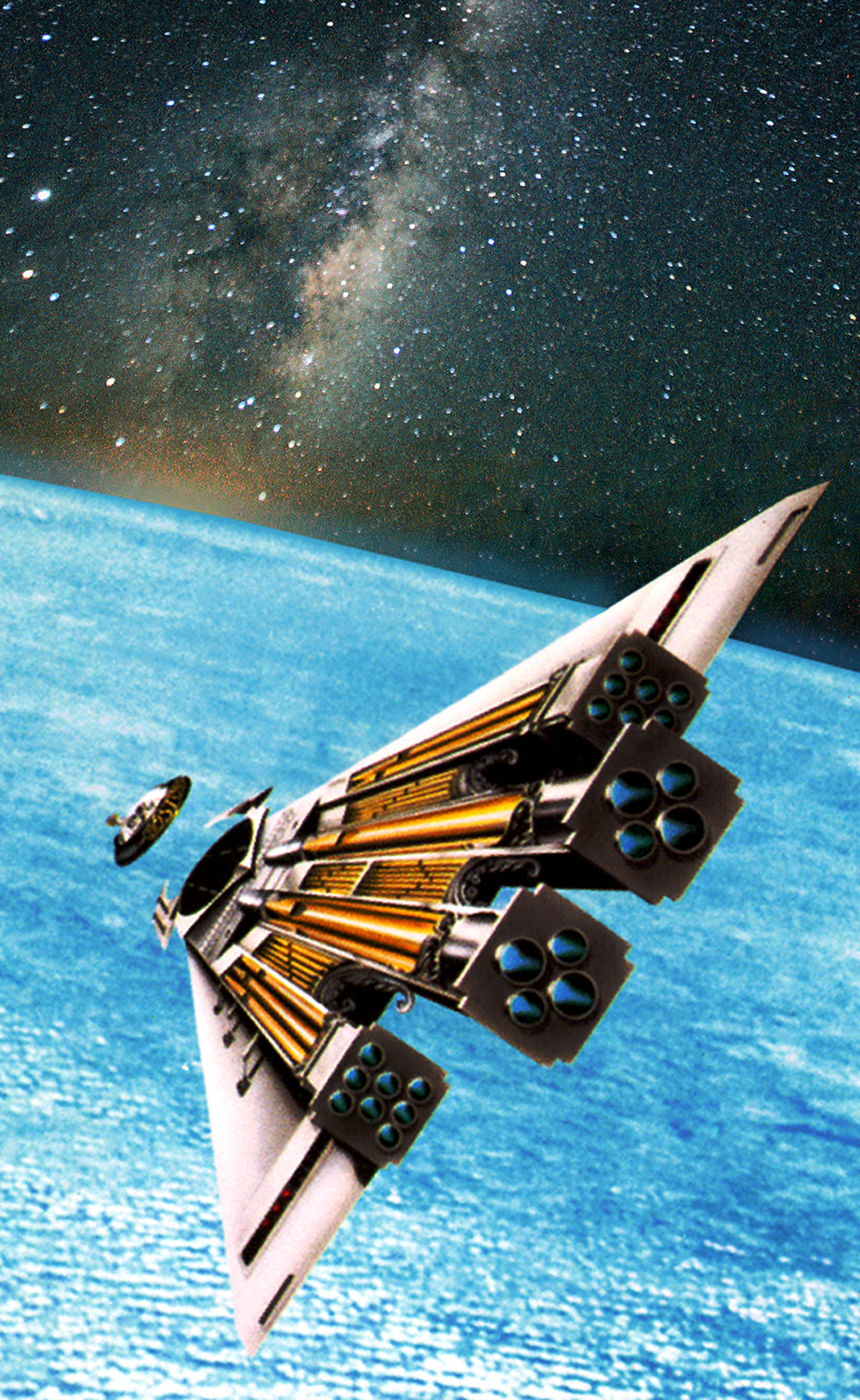

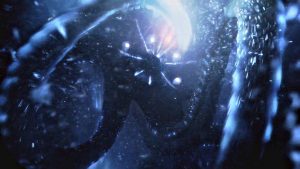








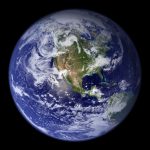
https://www.foxnews.com/science/rain-spotted-on-saturns-moon-titan-which-may-be-home-to-alien-life
https://www.facebook.com/amazingpictures09/videos/2259484797597261/
The Zoologist’s Guide to the Galaxy: What Animals on Earth Reveal About Aliens–and Ourselves
by Amazon.com
Learn more: https://www.amazon.com/dp/1984881965/ref=cm_sw_em_r_mt_dp_YZ1GVG28RZABRRAK8V1Q